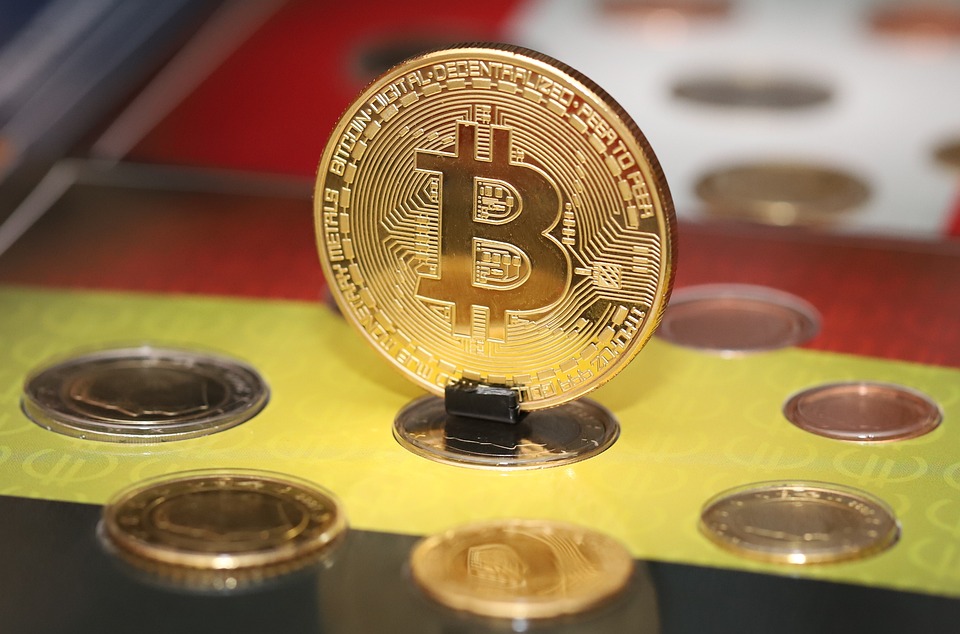The Impact of Regulation on Crypto Exchanges: A 2023 Perspective
The cryptocurrency landscape has evolved significantly over the past decade, driven by rapid technological advancements and increasing mainstream adoption. However, 2023 has emerged as a pivotal year for the industry, particularly concerning the regulatory framework surrounding crypto exchanges. As governments and financial authorities worldwide strive to establish clear guidelines, the implications of regulation on crypto exchanges are profound and multifaceted.
Heightened Compliance Requirements
One of the most immediate effects of regulation is the imposition of heightened compliance requirements on crypto exchanges. Regulatory bodies are increasingly mandating that exchanges adhere to anti-money laundering (AML) and know-your-customer (KYC) protocols. This shift aims to enhance transparency and reduce the risk of illicit activities such as fraud and money laundering. While this can bolster the overall integrity of the crypto market, it also places a significant burden on smaller exchanges that may struggle to meet these compliance costs.
Market Consolidation
As compliance costs rise, the crypto exchange landscape is experiencing a wave of consolidation. Larger, more established exchanges are better equipped to navigate regulatory challenges, leading to a competitive advantage. As a result, smaller players may be forced out of the market or absorbed by larger firms. This consolidation could lead to a more uniform trading environment, where a few dominant exchanges control a significant share of the market. While this may enhance liquidity and security, it could also stifle innovation and reduce the diversity of services available to consumers.
Increased Investor Protection
Regulations often aim to protect investors, and the crypto space is no exception. In 2023, regulators are focusing on enhancing consumer protection measures, ensuring that exchanges implement robust security protocols and fair trading practices. This includes requirements for safeguarding user funds, providing clear disclosures, and maintaining adequate insurance against breaches. As a result, investors may feel more secure when trading on regulated platforms, potentially driving further adoption of cryptocurrencies.
Global Regulatory Variance
Despite the push for regulation, the global landscape remains fragmented. Different countries have adopted varying approaches to crypto regulation, leading to a patchwork of rules that can create confusion for exchanges operating in multiple jurisdictions. In 2023, exchanges must navigate this complex regulatory environment, which can hinder their ability to scale internationally. Furthermore, regulatory arbitrage may occur, where exchanges relocate to jurisdictions with more favorable regulations, impacting the overall coherence of the crypto market.
Innovation Under Scrutiny
While regulation aims to enhance security and consumer protection, it can also stifle innovation. In 2023, many crypto exchanges are grappling with how to comply with regulations without compromising their ability to innovate. New financial products, decentralized finance (DeFi) offerings, and unique trading mechanisms may face scrutiny under existing regulations. This tension between regulatory compliance and innovation could lead to a slowdown in the development of new services, impacting the growth potential of the crypto ecosystem.
The Role of Technology
As regulation tightens, technology plays a crucial role in helping exchanges adapt. Many are investing in advanced compliance solutions powered by artificial intelligence and machine learning to streamline KYC processes and monitor transactions for suspicious activity. These technological advancements can help exchanges meet regulatory requirements more efficiently while minimizing the impact on user experience. In 2023, the integration of technology and compliance will be essential for exchanges seeking to thrive in a regulated environment.
Conclusion
The impact of regulation on crypto exchanges in 2023 is complex and multifaceted. Heightened compliance requirements, market consolidation, increased investor protection, and the challenge of navigating global regulatory variance are all reshaping the landscape. While regulation brings forth challenges, it also presents opportunities for exchanges to build trust and credibility in the eyes of consumers. As the industry continues to evolve, striking a balance between compliance and innovation will be crucial in defining the future of cryptocurrency exchanges.



